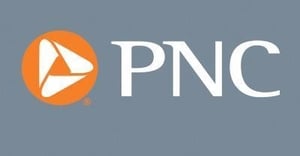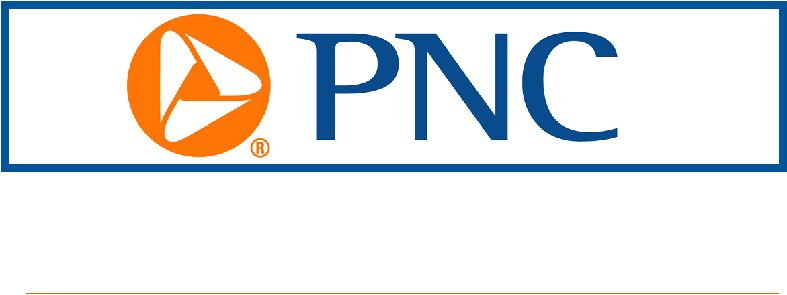
- Nominal consumer spending rose 0.7% in December, with after-tax income up 0.3%.
- Both the overall and core PCE price indices rose 0.2% in December. Inflation over the past half-year has been at or below the Federal Reserve’s 2% objective.
- Both consumer spending and income growth will slow in 2024.
- Slower inflation will lead to fed funds rate cuts later this year.
Consumer spending jumped 0.7% in December from November, according to the Bureau of Economic Analysis. There were solid increases in spending on both goods and services.
Personal income rose 0.3% over the month, with wages and salaries rose 0.4%. Transfer payments were flat over the month. With tax payments also up 0.3%, after-tax personal income rose 0.3% in December.
With spending up more than income, the personal saving rate fell to 3.7% in December from 4.1% in November. This is the lowest the personal saving rate has been since late 2022.
The personal consumption expenditures price index rose 0.2% in December from November. After rising 0.4% in both August and September, inflation has slowed since then, up less than 1% at an annualized rate in the last three months of 2023. Much of the slowing in overall inflation has come from a big decline in energy prices over the past few months.
The core PCE price index, excluding volatile food and energy prices, rose 0.2% in December and November, after increases of 0.1% in October and November. Over the past three months annualized core PCE inflation has been 1.5%, and over the past six month it has been 1.9%. The core PCE price index is the Federal Reserve’s preferred inflation measure, and both three-month and six-month inflation have been below the Fed’s 2% inflation objective.
On a year-over-year basis overall PCE inflation was 2.6% in December, unchanged from November. Overall PCE inflation peaked at above 7% in mid-2022. Year-over-year core inflation slowed to 2.9% in December from 3.2% in November; it peaked at 5.6% in early 2022. Inflation is slowing decisively.
Real (inflation-adjusted) consumer spending was up 0.5% in December from November. After-tax personal income rose 0.1% over the month.
The December personal income and outlays report added some more details to yesterday’s solid report on fourth-quarter GDP. Consumer spending continues to increase at a good pace, although real income growth lagged at the end of 2023. Inflation, both overall and core, slowed dramatically in 2023. Over the past half-year both overall and core PCE inflation have been at or below the Federal Reserve’s 2% objective, an impressive achievement given elevated inflation in 2021 and 2022.
Consumer spending growth is set to slow in 2024. Income growth will soften with weaker job gains and slower wage growth. Households will also need to increase their saving, given that the saving rate entering 2024 is below its pre-pandemic level of around 7%. High interest rates will also be a drag on spending growth this year. But there are still some positives for households in 2024: incomes will increase, although not as quickly as in 2023; slowing inflation is boosting consumers’ spending power; and household wealth is rising with higher stock prices and home values.
Inflation should continue to slow in 2024. In particular, slower rent growth works its way into PCE housing inflation with a lag. Rent measures showed much weaker growth in 2023, and this will show up in a further slowing in inflation this year. The ongoing slowing in inflation over the past couple of years will lead the Federal Open Market Committee to cut the fed funds rate later this year. The FOMC does not need to have inflation at 2% year-over-year to cut rates but will be cautious given the potential for the tight labor market and strong consumer growth to reignite inflationary pressures in the U.S. economy. PNC expects the FOMC will start cutting the fed funds rate sometime in mid-2024, with a few 25-basis point rate cuts this year.














